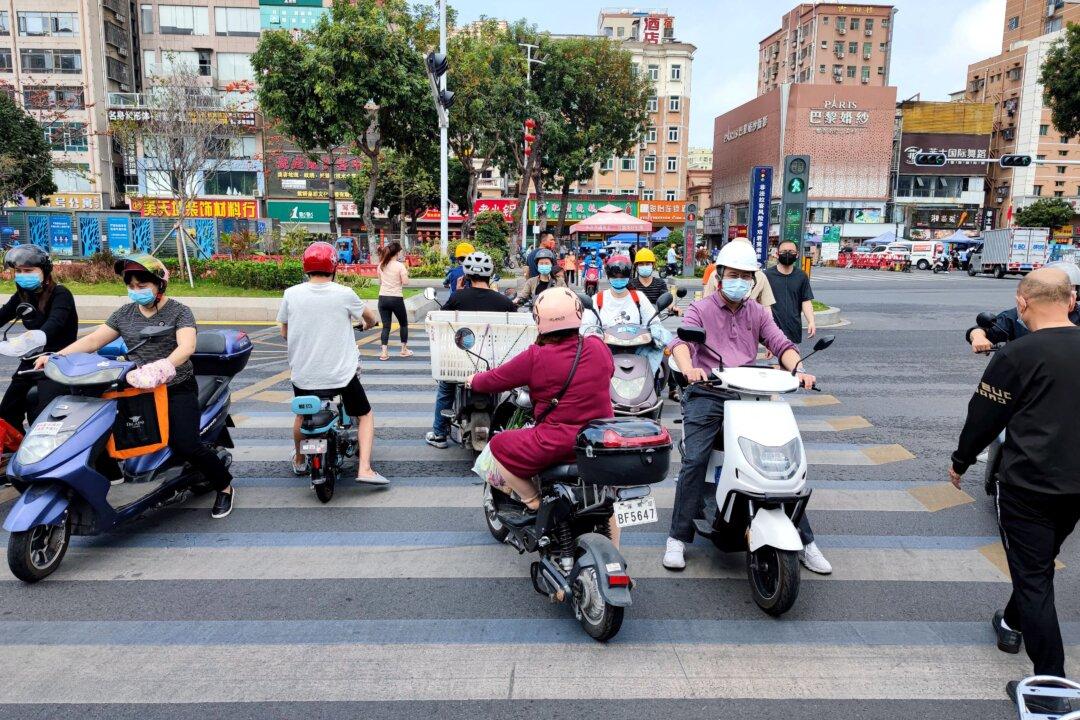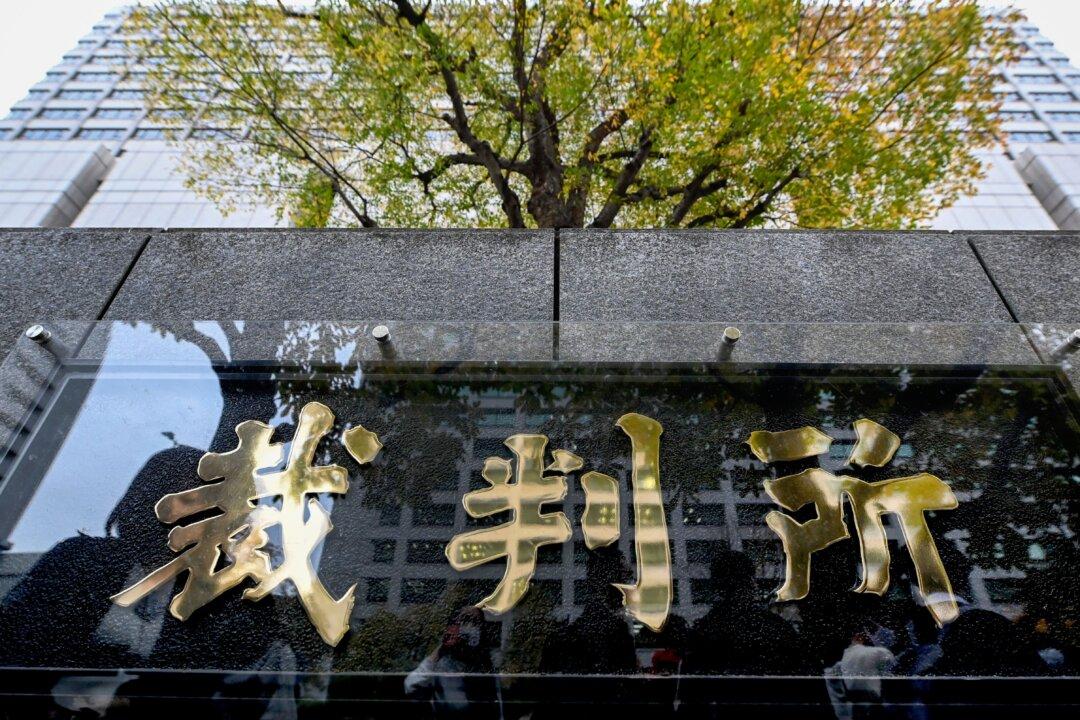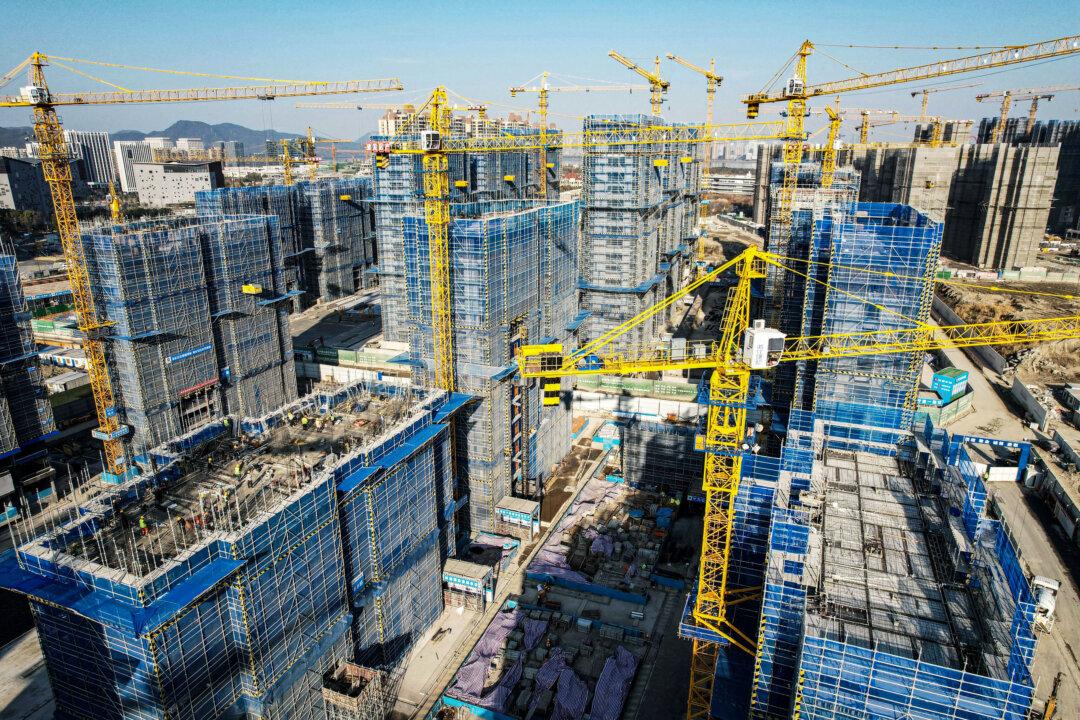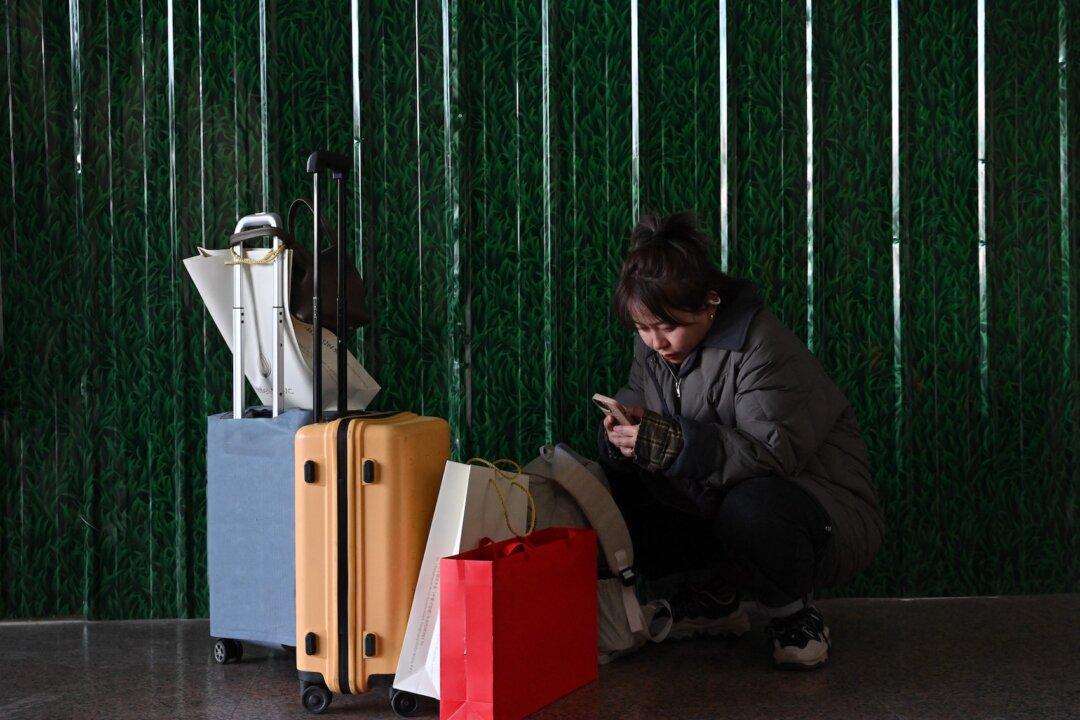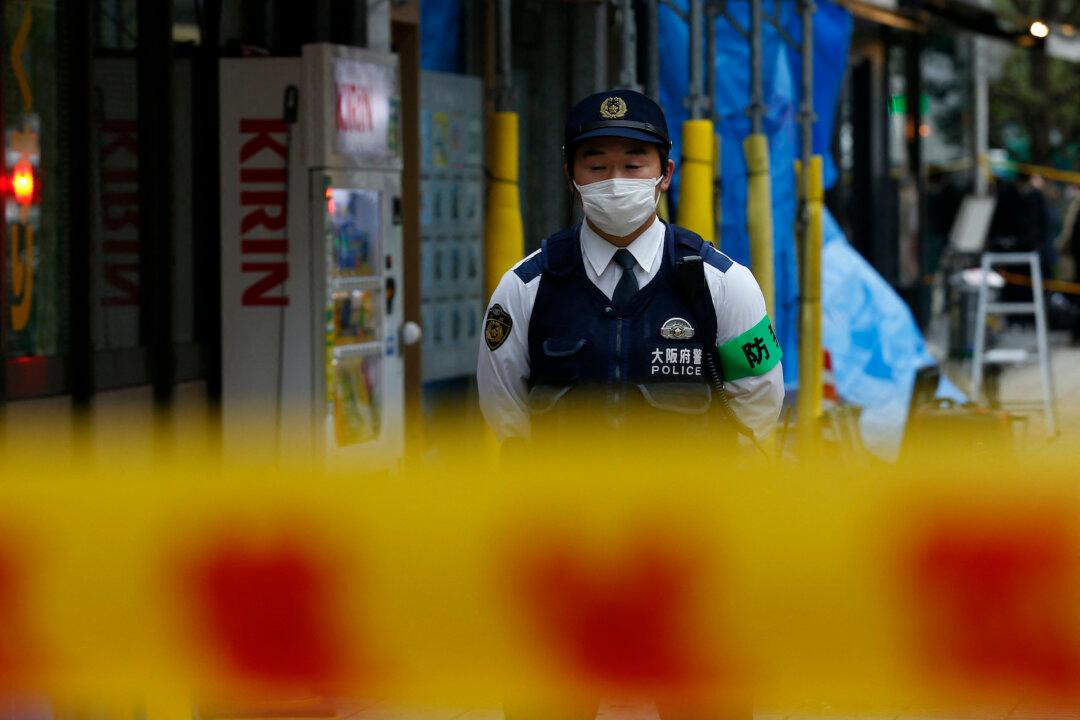For many years, China’s top three industrial cities were Shanghai, Shenzhen, and Suzhou, in that order. However, as Shanghai implemented Beijing’s draconian zero-COVID policy last year, the city’s GDP by industry fell, and Shenzhen overtook Shanghai to become the No. 1 industrial city in China.
According to China’s recently released 2022 GDP ranking of the top 10 industrial cities, Shenzhen took the lead with an industry value added of 1.13 trillion yuan (about $164 billion), surpassing Shanghai’s 1.08 trillion yuan (about $157 billion), with Suzhou ranking third. All of the top 10 cities—except for Chongqing in western China—are located in the coastal areas.
